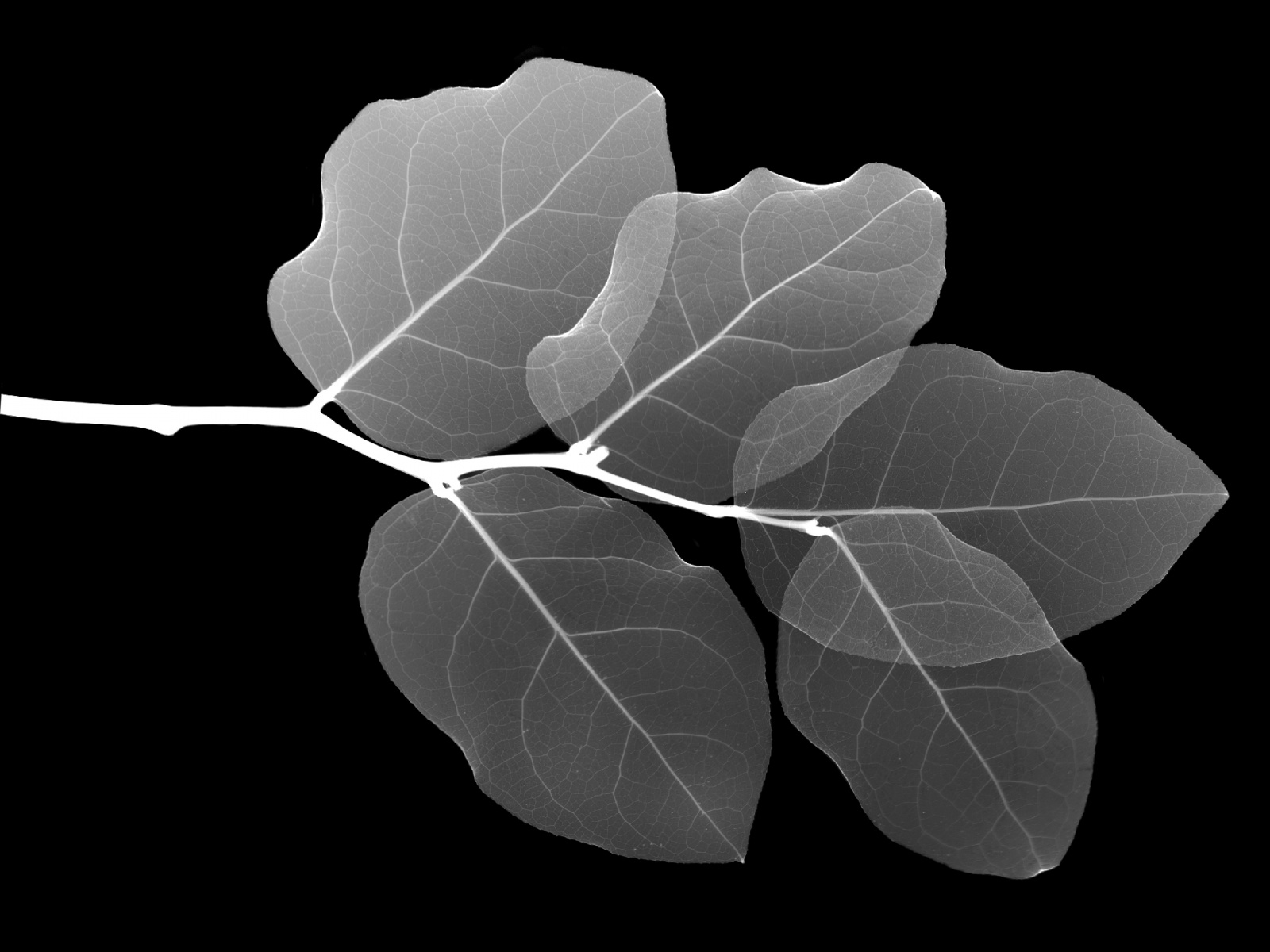Using plant functional traits to predict ecosystem vulnerability to changing fire regimes
Australia lacks a coherent approach for synthesizing plant functional traits to predict the response of ecosystems to changing fire regimes. Large plant community datasets already exist for major ecosystems in Australia, from rainforests to deserts. This working group aimed to attribute species into fire persistence groups, with the objective of predicting the persistence (bud resprouting type) of the species comprising a community in relation to resource gradients and fire regimes using a new scheme, the Buds-Protection-Resource scheme (BPR) (Clarke et al. 2013). Our analyses focussed on creating predictive models with accompanying levels of confidence. Our working group added value to the work of a previous ACEAS working group (Murphy et al. 2011; Bowman et al. 2013; Murphy et al. 2013) by linking their predicted changes in fire regimes to biodiversity effects. Our analyses incorporate an understanding of plant fire resilience traits and the role of the persistence niche into the whole of continent approach developed previously.
Cite By |
Year |
|
|---|---|---|
Using plant functional traits to predict ecosystem vulnerability to changing fire regimes |
0 | NA |
| S Harrison, J Midgley, B Hoffmann, I Radford, C Nano, B Murphy10, ... | ||
| more info | ||
| Generated using scholar packages: | ||
| Keirstead , James ( 2015 ), scholar: analyse citation data from Google Scholar , R package version 0.1.4 , http://github.com/jkeirstead/scholar | ||
| and | ||
| googleScholarGrab version no. c30b66a | ||
| extracted from Douglas Kelley 's google scholar on Tue 07 Feb 2017 21:52:29 |


